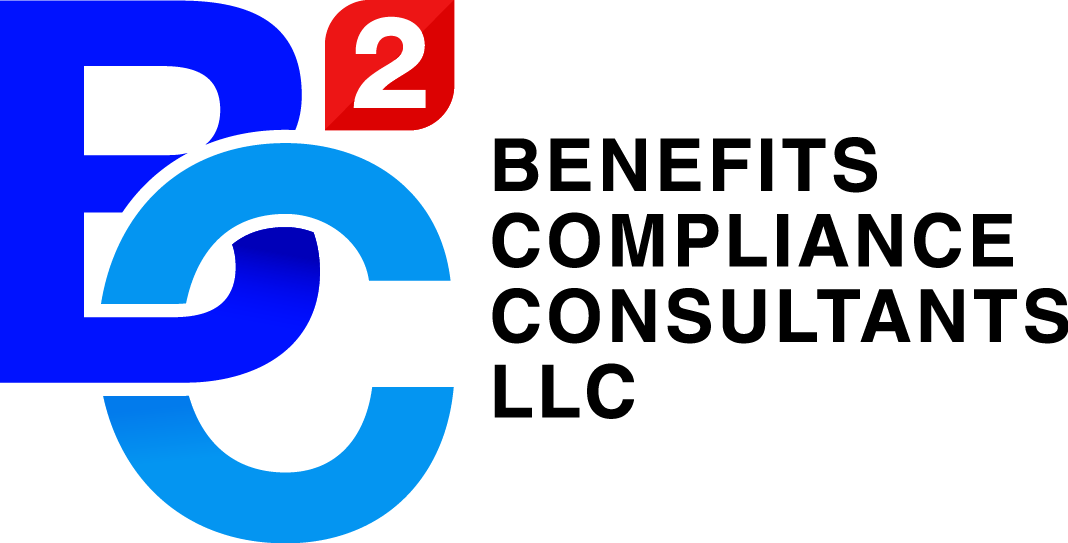What Happens If You Don’t File Form 5500? Avoid Costly Compliance Mistakes
What Happens If You Don’t File Form 5500? Avoid the Compliance Monsters This Halloween!It’s Halloween season, and while you might expect ghosts and ghouls around the corner, the real fright for businesses comes in Form 5500 penalties! Failing [...]





